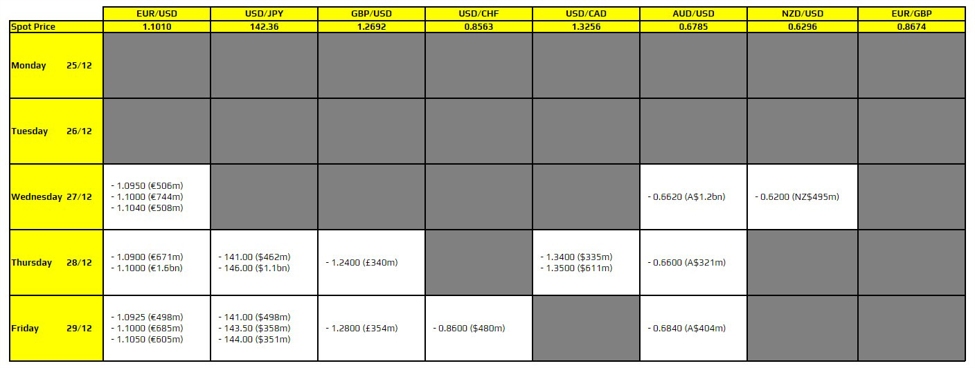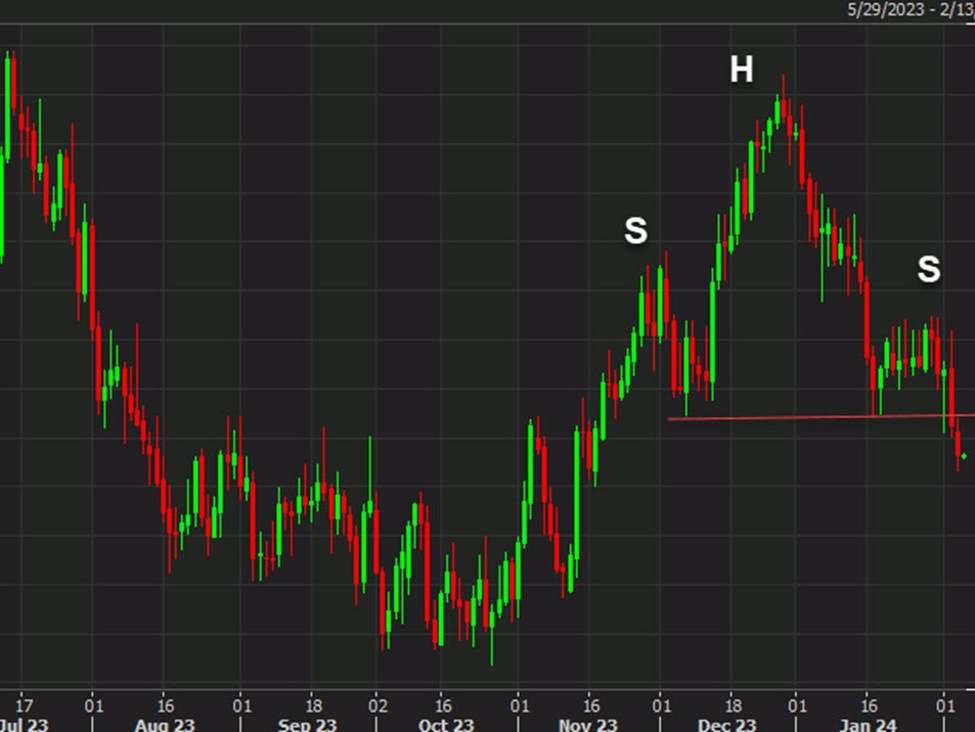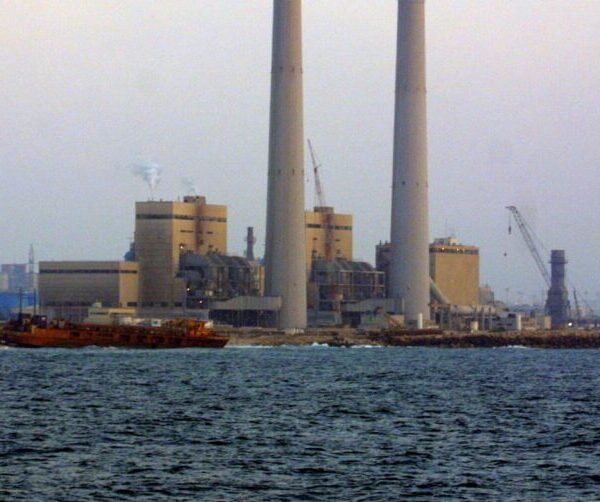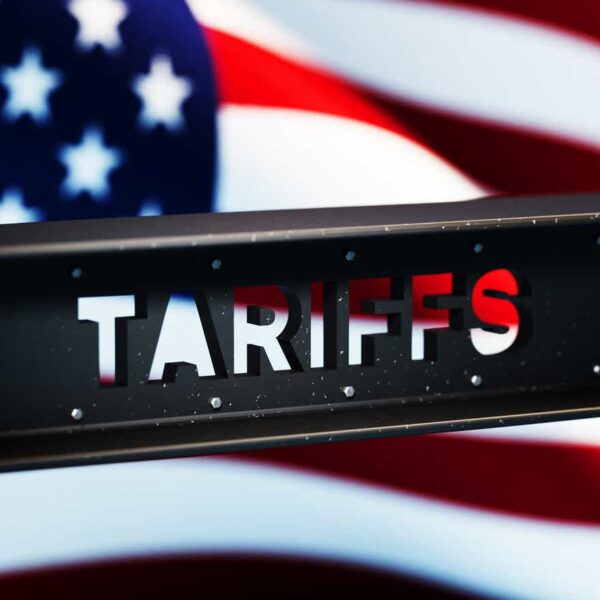What do you do with Treasuries the next time there is a crisis?
One of the great privileges that the US enjoys in being at the center of the financial system is that when there is a crisis, markets rush into long-dated Treasuries, driving borrowing costs lower. This is a natural hedge to bad news and was most-clearly seen at the start of the financial crisis when, despite the implosion in US banks and home prices, Treasury yields dropped.
In any other country, it would have been the opposite, compounding the crisis.
That hasn’t happened this time and it didn’t happen at the start of covid, forcing the Fed to buy trillions of bonds in unlimited QE.
The cause of that change isn’t a loss of confidence in US solvency — at least not yet — it’s the derivatives market. Highly-leveraged basis trades and swap trades are leading to a new dynamic: bond selling due to deleveraging. Everyone who rushed into bonds at the start of covid or the tariff war has gotten blown up.
Covid was forgivable as a one-off but now it’s a pattern. That’s a huge problem for US policymakers because the next time there is a crisis, you would be foolish to rush into Treasuries. If anything, I would now argue that it’s the opposite, which will remove further liquidity and exacerbate a blowup in yields.
Now there was already a movement for a bailout fund for the basis trade but the make-up of it was clunky and I think that the window of opportunity is now broken, because the reaction function has now changed and the cost of it will be an order of magnitude higher.
Something will have to be done or the Fed is going to be forced into premature QE again next time (or sooner).














